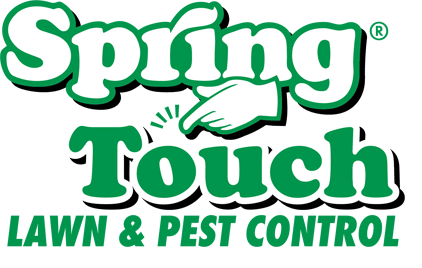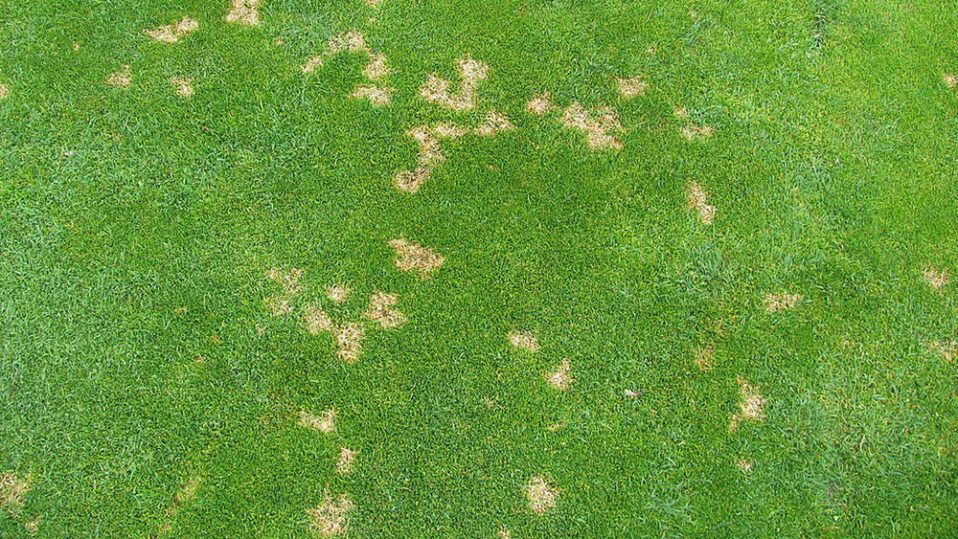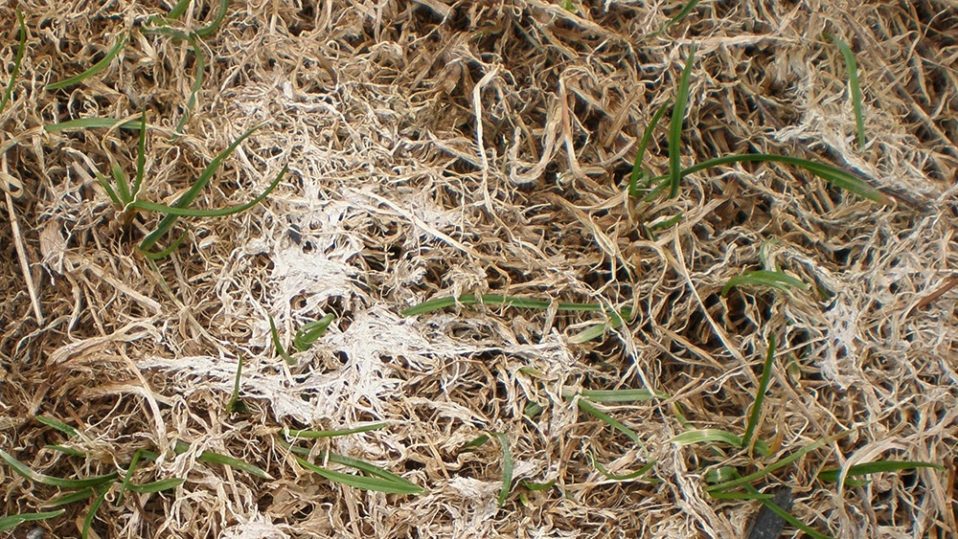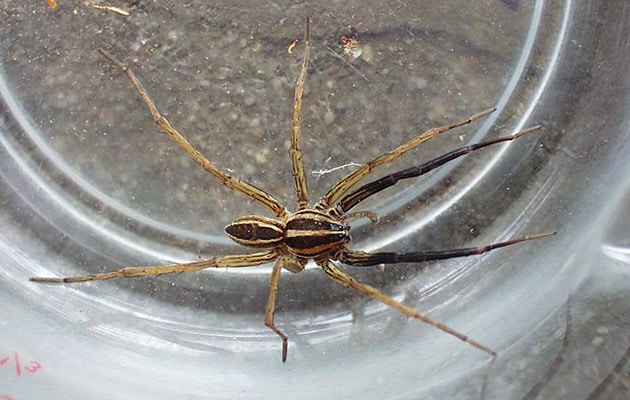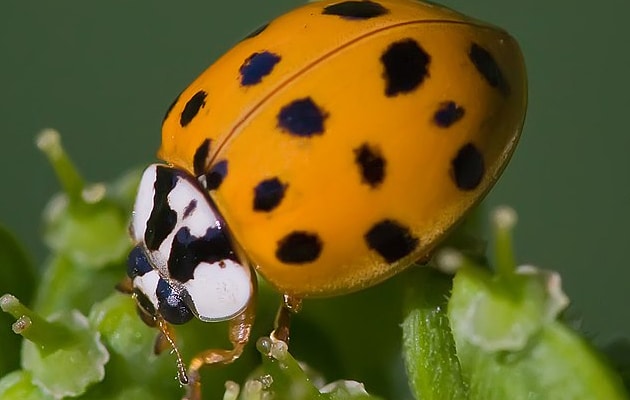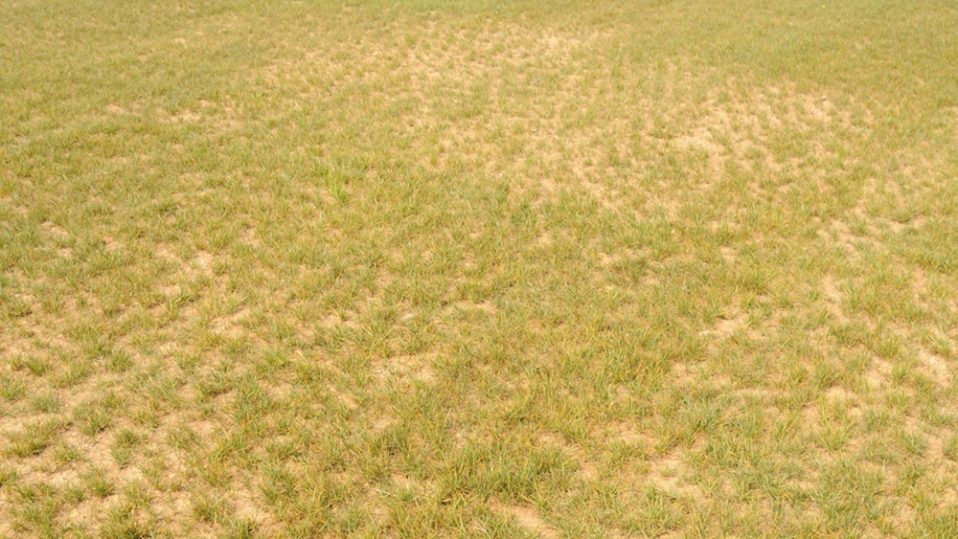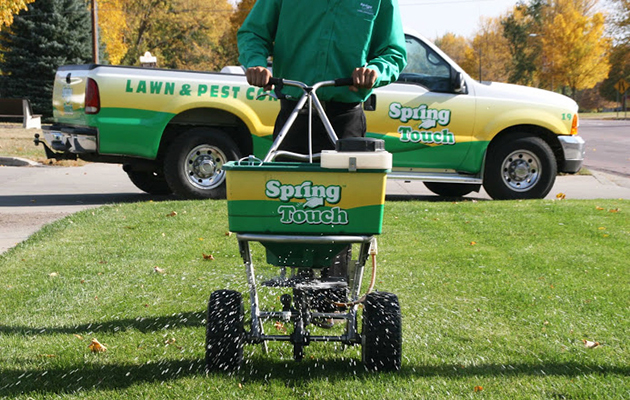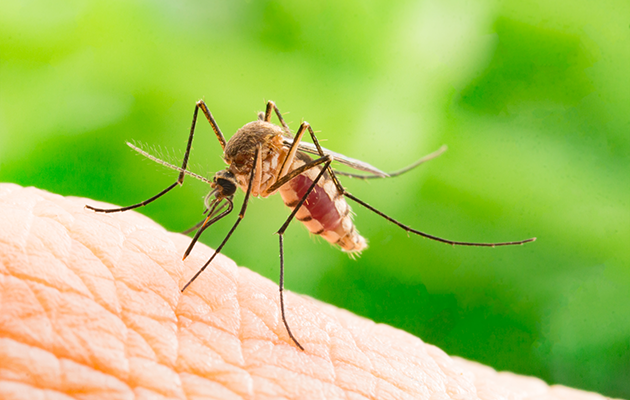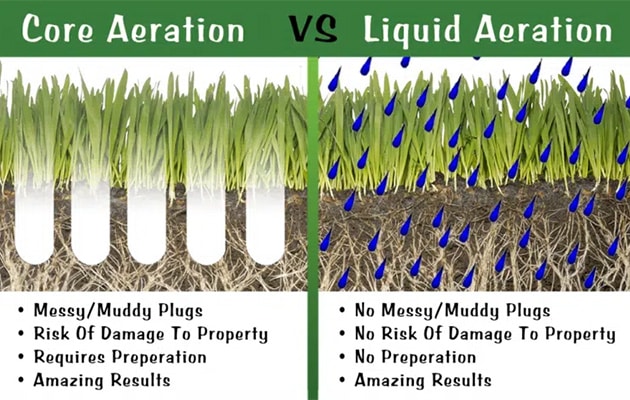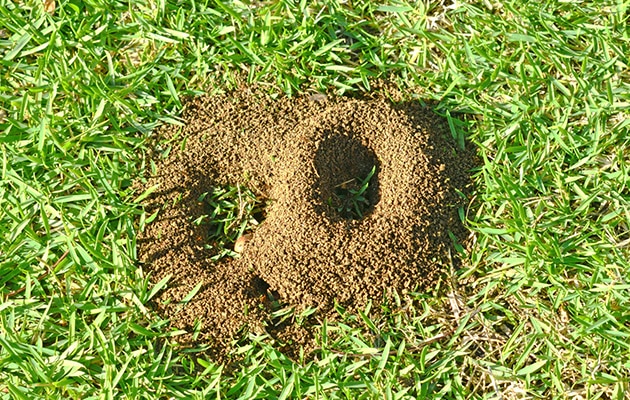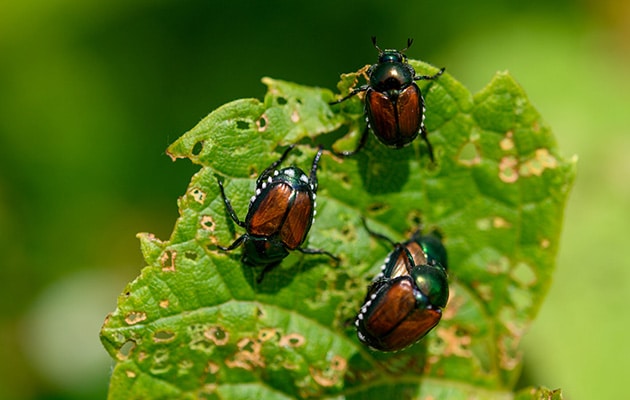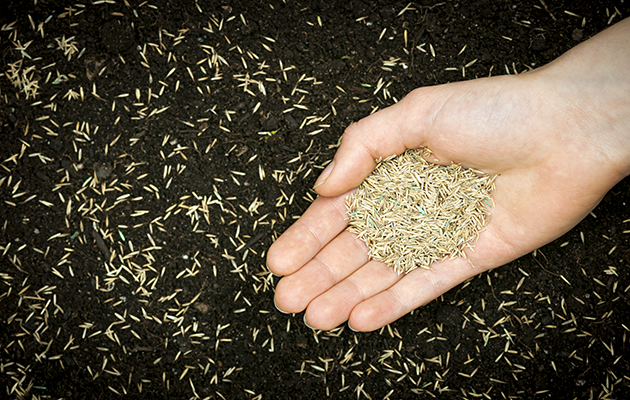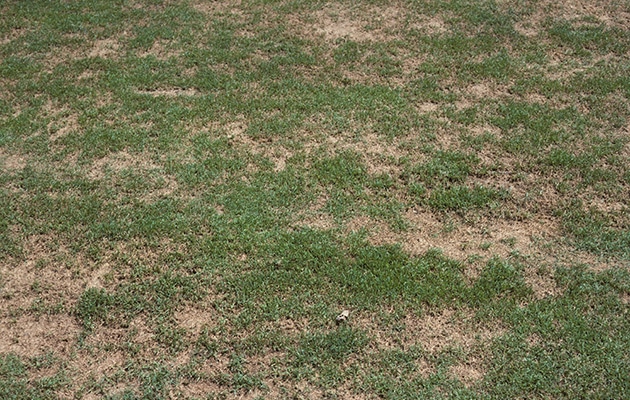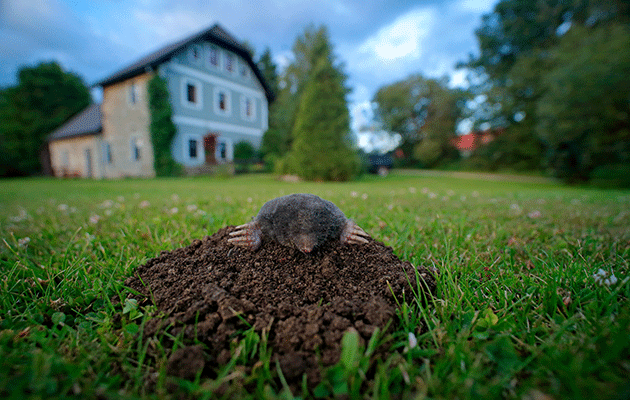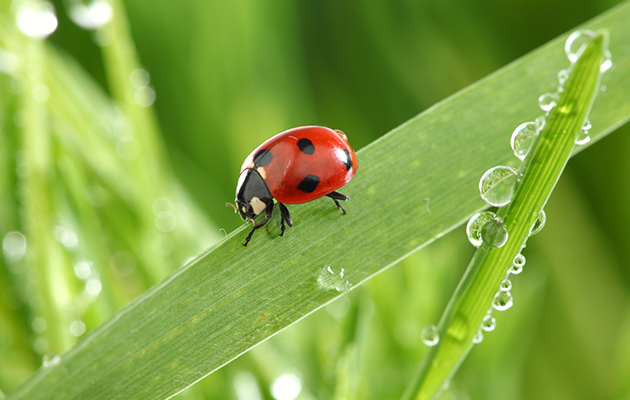-
22 Mar
Dollar Spot
By Spring TouchSymptoms: Sunken, circular patches that measure several inches. Patches turn from brown to straw color and may eventually coalesce, forming irregularly shaped areas. May display small lesions that turn from yellow-green to straw color with a reddish-brown border. Lesions can extend the full width of the leaf. Conditions Favoring Disease: Continuous high humidity at temperatures between 59F and 86F. Favored by warm days, cool nights, and intense dews. Infects areas with low levels of nitrogen. More severe in dry soils.
-
10 Mar
Snow Mold
By Spring TouchDescription: Snow mold is most common to Kentucky Bluegrass and Fescues in regions where snow falls and sits on the lawn for extended periods of time. Symptoms Yellow, tan, or salmon-colored water-soaked patches that measure 1 to 8 inches or more in diameter. Pale pink around the edges. Spores are produced in white or salmon-colored sporodochia that are found on the dead tissue. Blighting can occur in streaks caused by spores tracking on the wheels of the equipment.
-
14 Oct
Spider Control
By Spring TouchSpiders (Arthropods) Spiders have eight legs and fangs that inject venom into their prey or they can also use their fangs to bite predators. Most spiders native to Minnesota do not have antennae or extensor muscles to move their limbs and instead they use hydraulic pressure to walk. Spiders can produce silk to build spider webs which they use to catch insects. It’s estimated that spiders will feed on 10-30 times their weight in insects each year. Common spiders produce tangled cobwebs, whereas orb weavers will build circular geometric shaped webs. Females will weave silk egg cases which can contain hundreds of eggs. The venom of most spiders found in Minnesota is not particularly dangerous to humans, however arachnaphobia, an abnormal fear of spiders effects 3.5 to 6.1 percent of humans.
-
16 Sep
Asian Lady Beetle Control
By Spring TouchAsian Lady Beetles (Harmonia Axyridis) The Asian lady beetle resembles a North American ladybug and gets its name because it is actually a different species that was artificially introduced to North America from Asia to control aphids. Asian lady beetles have become common in the Minnesota since the year 2000. The species is considered to be one of the world’s most invasive insects. Asian lady beetles release an unpleasant smelling pheromone that attracts other Asian lady beetles, allowing them to invade homes over winter in large swarms. Asian lady beetles can leave a smell of dead leaves to discourage predators and bite if provoked.
Related Posts
-
Dollar Spot
Posted on March 22, 2021 -
Snow Mold
Posted on March 10, 2021 -
Spider Control
Posted on October 14, 2020 -
Asian Lady Beetle Control
Posted on September 16, 2020
-
Dollar Spot
Posted on March 22, 2021 -
Small Business Saturday – Mankato, MN
Posted on November 1, 2018 -
BackPack Food Program – Mankato, MN
Posted on January 3, 2020 -
Rusts – Various Species
Posted on March 30, 2020
-
Lawn Care Programs
Our specially designed lawn care programs are created to fit your lawn's individual needs and are organically based to help minimize the impact on the
View service details -
Perimeter Insect Control
Keep your home bug free! We have found the best way to keep insects out of the home is to eliminate the point of entry
View service details -
Mosquito Control
Your home is your personal sanctuary, your refuge from the world. You've worked hard to create a place that your family can enjoy. Let us
View service details -
Organic Liquid Aeration
Introducing our NEW liquid aeration! No unsightly soil cores and better results! Receive better aeration results with our liquid aeration that penetrates 6-8 inches into
View service details -
Ant Control
Ants can quickly turn your lawn into their very own playground by building ant hills around your lawn. If left untreated, this can turn into
View service details -
Japanese Beetle Control
Do you have trouble with Japanese Beetles causing damage to your plants and trees? If so, we can help! We have designed a specific program
View service details -
Flea & Tick Control
You deserve to enjoy your yard and have fun with the kids or pets without being at the mercy of annoying insects and their painful
View service details -
Aeration & Seeding
Core aeration is one of the most beneficial treatments available for your lawn. Aeration helps control thatch, improves the soil structure, helps create growth pockets
View service details -
Lawn Disease Control
Turfgrass is susceptible to many different types of diseases and once established, these diseases can be devastating. If your lawn is suffering from any of
View service details -
Grub Control
Stop moles before they destroy your lawn! Moles like to tunnel under the soil which pushes up the dirt and sod. The best way to
View service details -
Organic Lawn Care Program
If you're looking for an organic approach to lawn care, we offer organic granular fertilizer applications and can personalize a program for you. Check out
View service details
-
This past year was our first year with spring touch they definitely earned my business and will see them next spring.
SueLe Center, MN -
When we bought this "flipped" home, the yard was in really rough shape - lots of weeds, bare spots, thin grass, etc... It wasn't as
VickiWaseca, MN -
These guys are great, our lawn needed some care when we moved in and now it's looking much better after only 3 treatments. Their technicians
KeithMankato, MN
CONTACT US
Address: 430 Ritt St. St. Peter, MN 56082
Phone: 1-507-388-9100
Email: info@springtouchlawn.com

